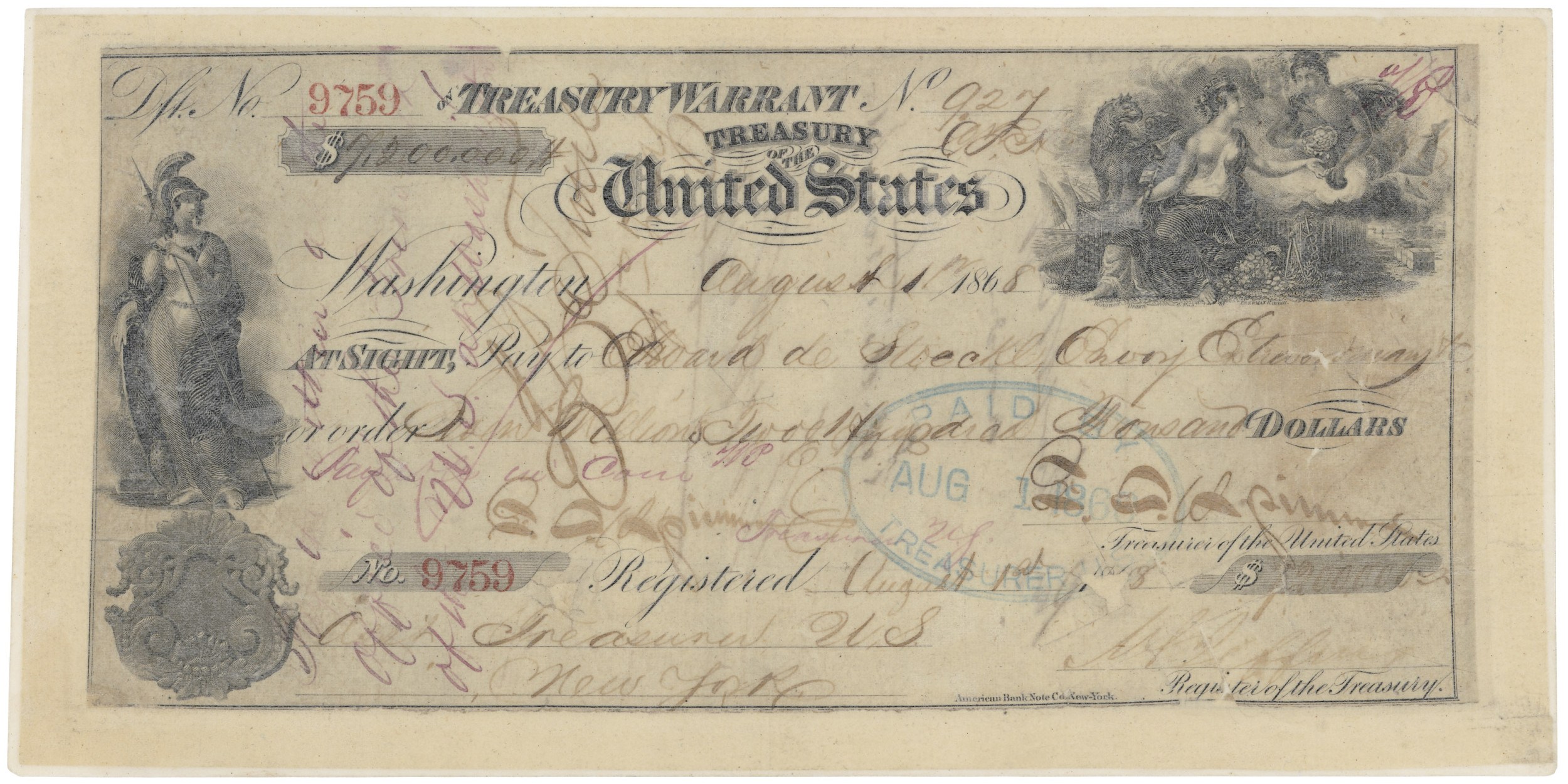<
Why did Russia sell Alaska to the United States of America?
